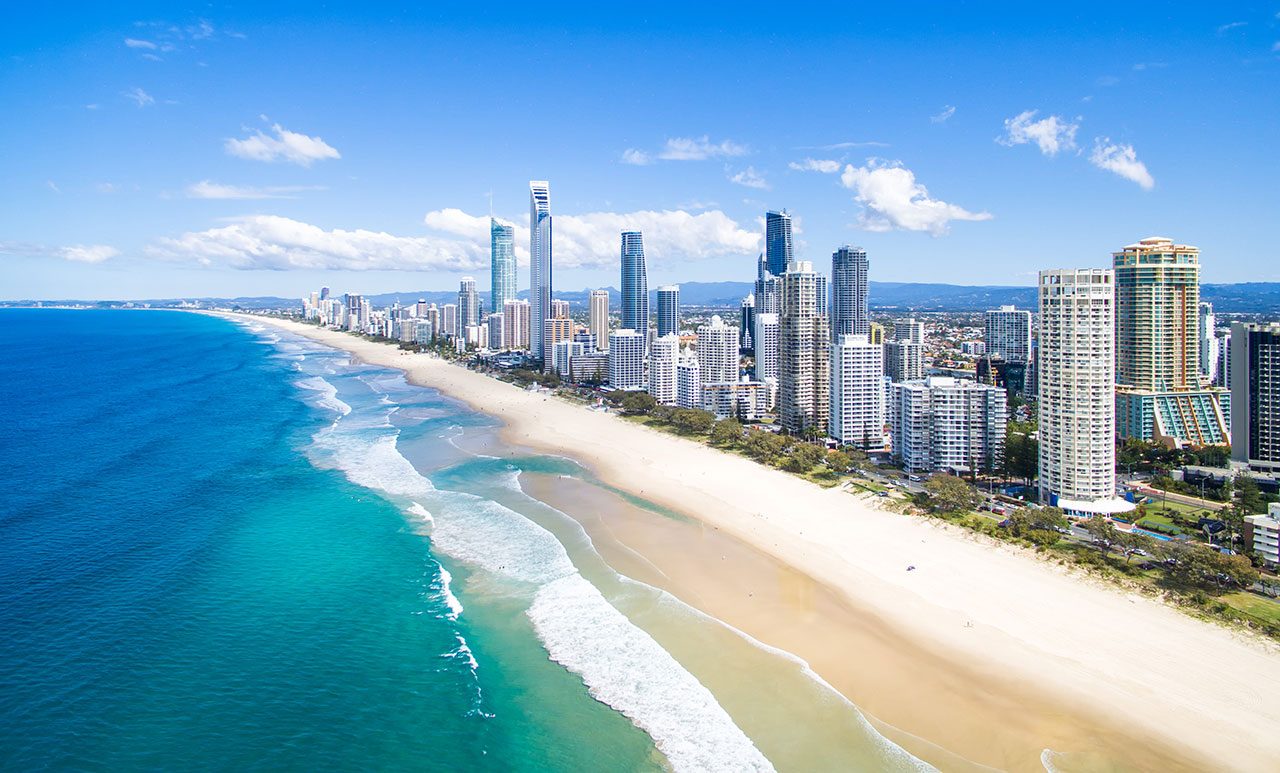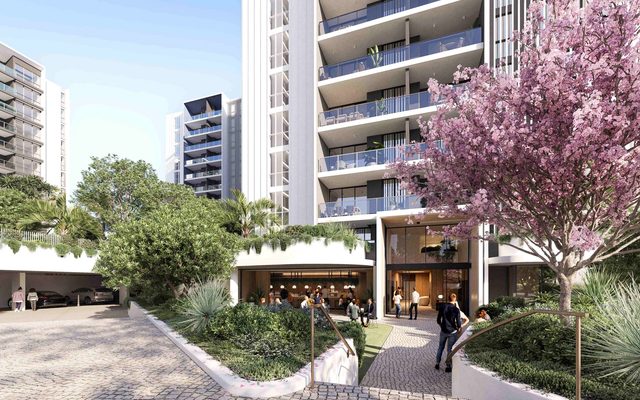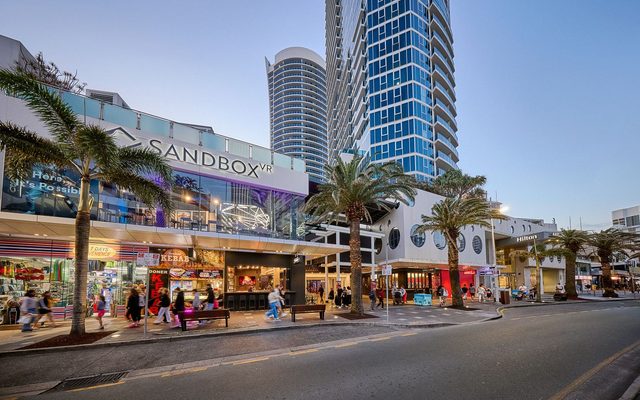This article is from the Australian Property Journal archive
THE Gold Coast recorded almost $800 million in new apartment sales in the first quarter of this year, as local and interstate buyers sought a sea change during the pandemic, while prices remained elevated.
Colliers’ Gold Coast Market Update revealed the $787 million in tallied over the three-month period was just $116 million shy of new apartment sales recorded across the entirety of 2020.
The average price paid also shot past the $1 million mark for a second quarter, to $1.061 million. The price of a new apartment has surged 42% in just two years, helped by falling supply. The Gold Coast has come out on top nationally for total migration according to a new report by Commonwealth Bank and Regional Australia Institute.
There were 742 new apartments were sold between January and March, compared with the 987 apartments sold at an average price of $915,258 totalling 2020’s $903 million.
“The market performance over the first quarter was incredible, one of the best we’ve ever experienced,” said Colliers Gold Coast director residential David Higgins.
The data was compiled using research from property consultancy groups Urbis and Rider Levett Bucknall and surveyed 67 of 80 new apartment projects currently under way on the Gold Coast.
Gold Coast’s new apartment hotspot is in the southern beaches – spanning from Mermaid Beach to Coolangatta, taking in Burleigh Heads, Palm Beach, Kirra and Greenmount – with 320 new apartments sold in the March quarter, or 43% of the total. This was followed by the central precinct, which includes Southport, Surfers Paradise, Main Beach and Broadbeach, with its 285 sales accounting for 38%.
“Sales from the Southern Beaches precinct eclipsed the Central Gold Coast for the first time over two consecutive quarters which highlights the current drift of development activity to the southern coastal areas,” Higgins said.
However, taking future supply into consideration, the central Gold precinct will gain the most sales momentum in the immediate future.
There were 1,350 apartments for sale at the end of March, with most of them in the central precinct and only 106 on the southern beaches. Developers are struggling to keep supply up with demand, and the volume of sales is expected to drop off due to this lack of new projects in the short to medium term.
“Central Gold Coast is undergoing a resurgence with quality apartments being bought to market to meet owner occupier demand,” Higgins said.
“The demand is backed up by strong migration numbers, both interstate and intrastate, which sets the Gold Coast up for continued growth at least for the remainder of this year and into 2022.”
The Queensland government forecasts the Gold Coast will attract 14,700 people a year over the next 20 years, with the city’s population reaching 940,000. The Gold Coast is expected to need 6,300 dwellings a year to accommodate this growth with the combined economic benefit to create more than 150,000 new jobs by 2041.
“The difference between Queensland and the bigger states is that we don’t rely as much on international migration to support our construction industry, so it’s purely the big shift from interstate that is largely behind the activity we’re seeing at the moment,” Higgins said.
“Overall, we’ve seen a smaller volume of construction work completed in the past five years at a time when demand has peaked. Along with the rising cost of materials and greater demand for lifestyle properties, this has led to a significant increase in prices for new apartments.”




